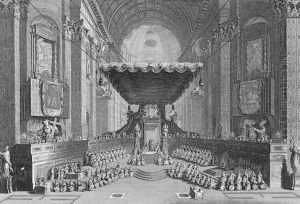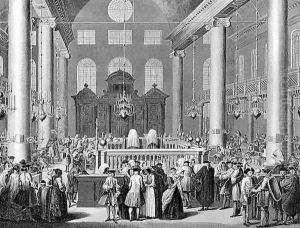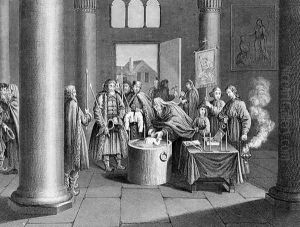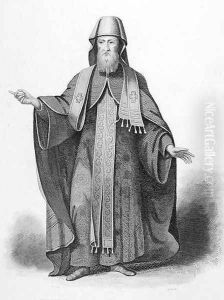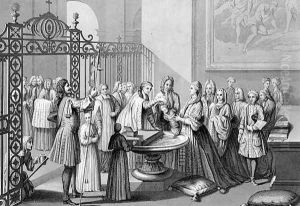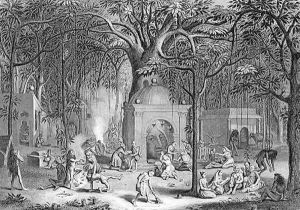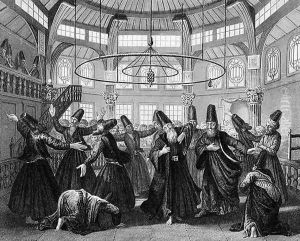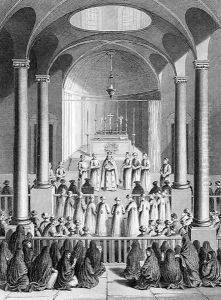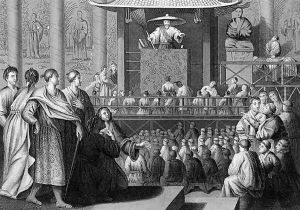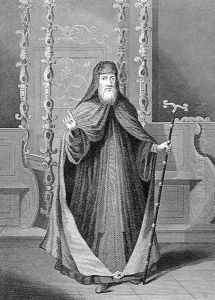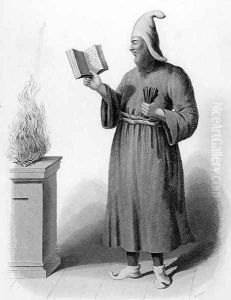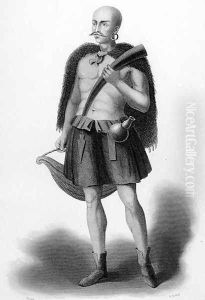Picart Paintings
Bernard Picart, also known as Bernard Picard, was a French engraver, etcher, and book illustrator of considerable acclaim. He was born on June 11, 1673, in Paris, France, into a family with a strong artistic tradition. His father, Etienne Picart, was also an engraver and provided his son with early training in the art.
Bernard Picart showed remarkable talent from a young age and was producing professional-quality work by the time he was sixteen. He spent some time in Antwerp studying under the Flemish painter and engraver Gérard Edelinck. Picart's early works were mainly religious subjects, reflecting the strong influence of the Catholic Counter-Reformation on art during his formative years.
In 1710, after converting to Protestantism, Picart moved to Amsterdam, which was known for its religious tolerance. This move marked a significant turning point in his career. He became deeply involved in the vibrant publishing industry of Amsterdam, and his engravings began to reflect a wider range of subjects, including scenes from daily life, portraits, and mythological themes.
Picart's most significant contribution to art history is perhaps his work on the 'Cérémonies et coutumes religieuses de tous les peuples du monde' ('Religious Ceremonies and Customs of All the Peoples of the World'), which was a monumental seven-volume study of world religions and their rites. Published between 1723 and 1737, his illustrations for this work are considered some of the most advanced of the time in terms of ethnographic accuracy and detail.
Picart's style was characterized by a combination of the elaborate detail of the French school with the more emotive and dramatic elements of the Dutch artistic tradition. He is credited with helping to disseminate the Rococo style throughout Europe. His work was widely reproduced and had a considerable influence on the development of book illustration in the 18th century.
Bernard Picart passed away on May 8, 1733, in Amsterdam. His legacy endures through his vast body of work, which includes not only his engravings and illustrations but also his influence on the world of publishing and the dissemination of knowledge about different cultures and religions.
